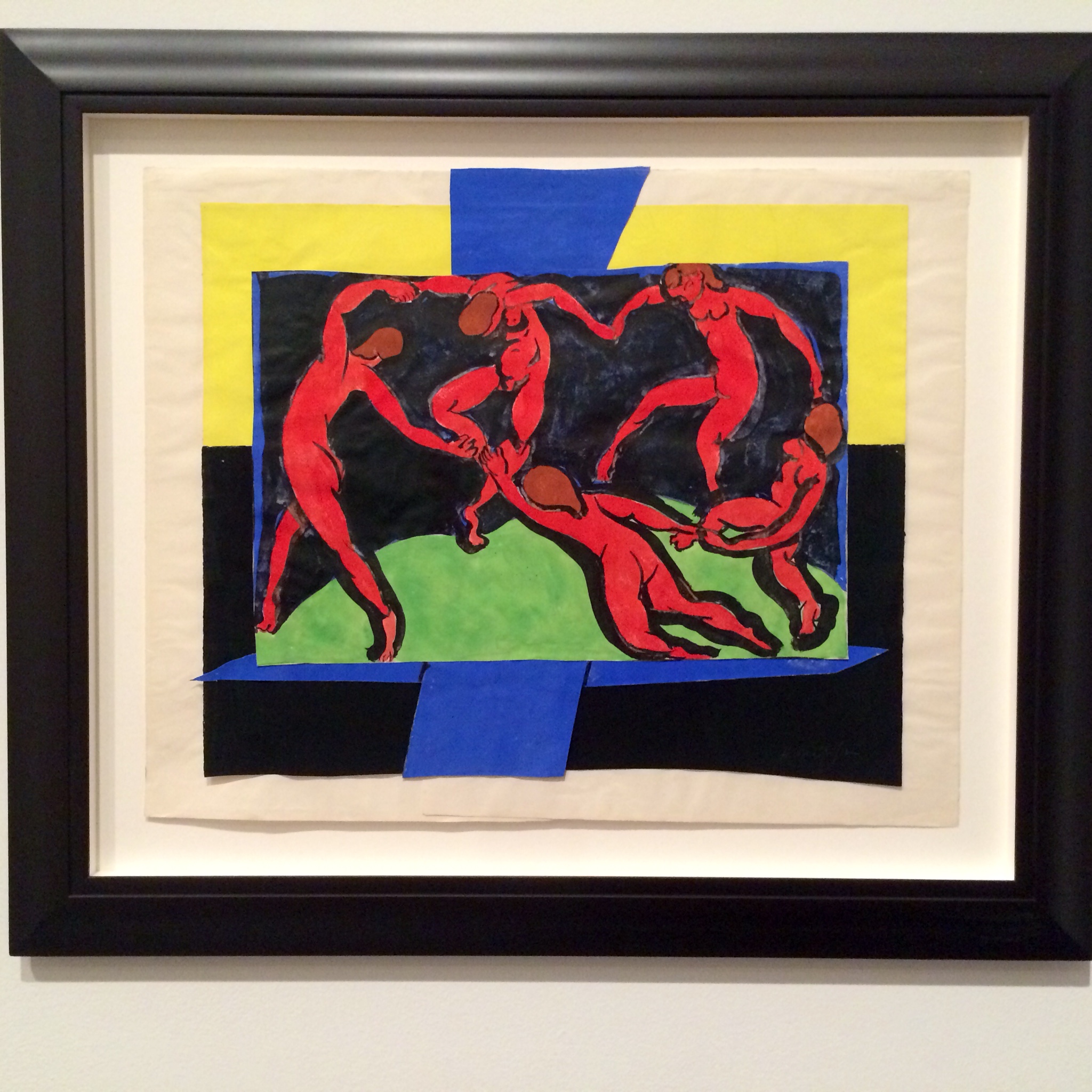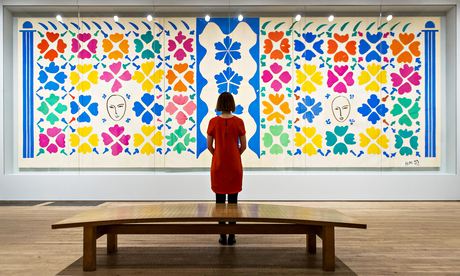Costa Rica: The Most Urbanized Country in the World
Can architecture identify a social problem and propose a solution to it?
The building for the
Costa Rican Legislative Assembly is a 2014 award winning project that intends to solve an urban problem. Not only is the structure supposed to illustrate the issue of the “vicious circle of social segregation and spatial fragmentation in the Greater Metropolitan Area of Costa Rica (GAM)’ but also propose an architectural solution. Rather than conserving the old traditional architecture of the country under continuous construction, the project builds the progressive and developed architecture of a nation.
What is unique about Costa Rica building?
Unlike other Latin American countries, Costa Rica is singled out for its ever expanding urbanization, establishing the country as the most urbanized country in the world. Today more than 64% of the population is moving to the city, beyond the so-called regional norm of 50%. The majority of these (64%) Costa Ricans occupy less than 4% of the country in the Greater Metropolitan Area (GAM) of Alajuela, Cartago, Heredia, and San José. These 4 main cities incredible crowth, from a birds eye view, appears to expand outward, as random collage of people, layouts, and architecture. The continuous mobilization to and within the cities not only cause an unthinkable amount of pollution but also creates issues of security, crime, poverty, and identity. ‘Most buildings and developments are protected by an army of guards and dogs, surveillance cameras, barbed wire or electric fences. The image of Costa Rica as a peaceful, nature-loving country is belied and caricatured in its cities.’
The majority of these (64%) Costa Ricans occupy less than 4% of the country in the Greater Metropolitan Area (GAM) of Alajuela, Cartago, Heredia, and San José. These 4 main cities incredible crowth, from a birds eye view, appears to expand outward, as random collage of people, layouts, and architecture. The continuous mobilization to and within the cities not only cause an unthinkable amount of pollution but also creates issues of security, crime, poverty, and identity. ‘Most buildings and developments are protected by an army of guards and dogs, surveillance cameras, barbed wire or electric fences. The image of Costa Rica as a peaceful, nature-loving country is belied and caricatured in its cities.’Project issues?

 The projecting building form illustrates a new form of urban expansion. According to the exemplified layout, the city can develop on multiple levels with open and closed spaces. The building appears to hover above ground, providing 'free' garden space below, which in turn permits the city to 'breath' while the population inhabits the so-called flying spaces above it. While initiative demonstrates the expansion problem, as with all massive structures, there is an actual obstacle in the building. Just as skyscrapers are required to study the invasive 'shadowing' of that is forms by the tall construction, the new proposed 'hovering' form also needs to evaluate how much shade, and therefore lack of light, it projects on its neighborhood. The absence of light on the buildings below not only then brings about environmental issues but also sets forth issues revolving around living conditions. While the project resolves several expansion issues, it creates a variety of other conditions provoked by its presence. The absence of direct sun light promotes higher levels of electric consumption, seasonal damage on vegetation and garden growth, and effects the direct mental health of individuals.
The projecting building form illustrates a new form of urban expansion. According to the exemplified layout, the city can develop on multiple levels with open and closed spaces. The building appears to hover above ground, providing 'free' garden space below, which in turn permits the city to 'breath' while the population inhabits the so-called flying spaces above it. While initiative demonstrates the expansion problem, as with all massive structures, there is an actual obstacle in the building. Just as skyscrapers are required to study the invasive 'shadowing' of that is forms by the tall construction, the new proposed 'hovering' form also needs to evaluate how much shade, and therefore lack of light, it projects on its neighborhood. The absence of light on the buildings below not only then brings about environmental issues but also sets forth issues revolving around living conditions. While the project resolves several expansion issues, it creates a variety of other conditions provoked by its presence. The absence of direct sun light promotes higher levels of electric consumption, seasonal damage on vegetation and garden growth, and effects the direct mental health of individuals. 
What problems do cities face?
In the capital of San José, for example, 1.5 million people transit to the city to work during the day, leaving 50,000 residents at night. The inconceivable number demonstrates the problem. Not only does the city have to build a proper infrastructure for commutters, it also has to develop an overall identity in an ever growing city.Details from Costa Rica Pavilion at the 14th International Architecture Exhibition (Biennale di Venezia:
Commissioner, Chief Curator: Oliver Schütte, A-01Curator and Assistant Commissioner: Marije van Lidth of Jeude, A-01
Assistant Curators: Florence Quesada Avendaño, Ofelia Sanou Alfaro, Javier Salinas
Creative Contributors: Alvaro Rojas, Klaus Steinmetz, Carlos Araya Polonio, Lou Guthrie, Mauricio Herrera Palma, Ursula Grodzicka
Concept and Design: A-01 Global conComunicación
Model: modeLab, Marco Galofaro
Photography: Simon Photo Video, Plex Studio, Oliver Schütte / A-01
Photographic Archives: Alvaro Castro Harrigan, National Museum of Costa Rica, Junta de Andalucía, Association of Engineers and Architects, UN-HABITAT, College of Architects of Costa Rica, A Foundation, Costa Rican Social Security, University of Costa Rica-school of Architecture, National Bank of Costa Rica, Nora Gongora Arroyo, Tomás Dueñas
Aerial Photography: City of San José
Sound installation: Daniel Perlin
Soundscapes: Sergio Wiesengrund, postformal Design, Green Noise
Video Production: Robert van der Laat
IOS App Development: Güink, Carlos Aguilar and Mariana Lopez
Sponsors: Ministry of Culture and Youth, Embassy of Costa Rica in Italy, Euromobilia, Edica, Plycem, Development Mega Excetel Group Baharet, Inventa, Inter Group, CPCA, Manig Unternehmensberatung
Pavilion commissioned by the Ministry of Culture and Youth of Costa Rica.
Bibliography:
‘Ticollage City’ in Arch Daily, http://www.archdaily.com/529958/ticollage-city-costa-rica-pavilion-at-the-venice-biennale-2014/
‘Costa Rica’ in My Art Guides, http://www.myartguides.com/venice-architecture-biennale-2014/architecture-biennale/national-participations/item/2597-costa-rica
Fundamentals (catalogue). 14th International Architecture Exhibition. Biennale of Venice. (Marsilio, 2014), pp. 33, 41, 179.
Image Sources:
‘Costa Rica’ in My Art Guides, http://www.myartguides.com/venice-architecture-biennale-2014/architecture-biennale/national-participations/item/2597-costa-rica
Photographs taken during exhibit visit.





























